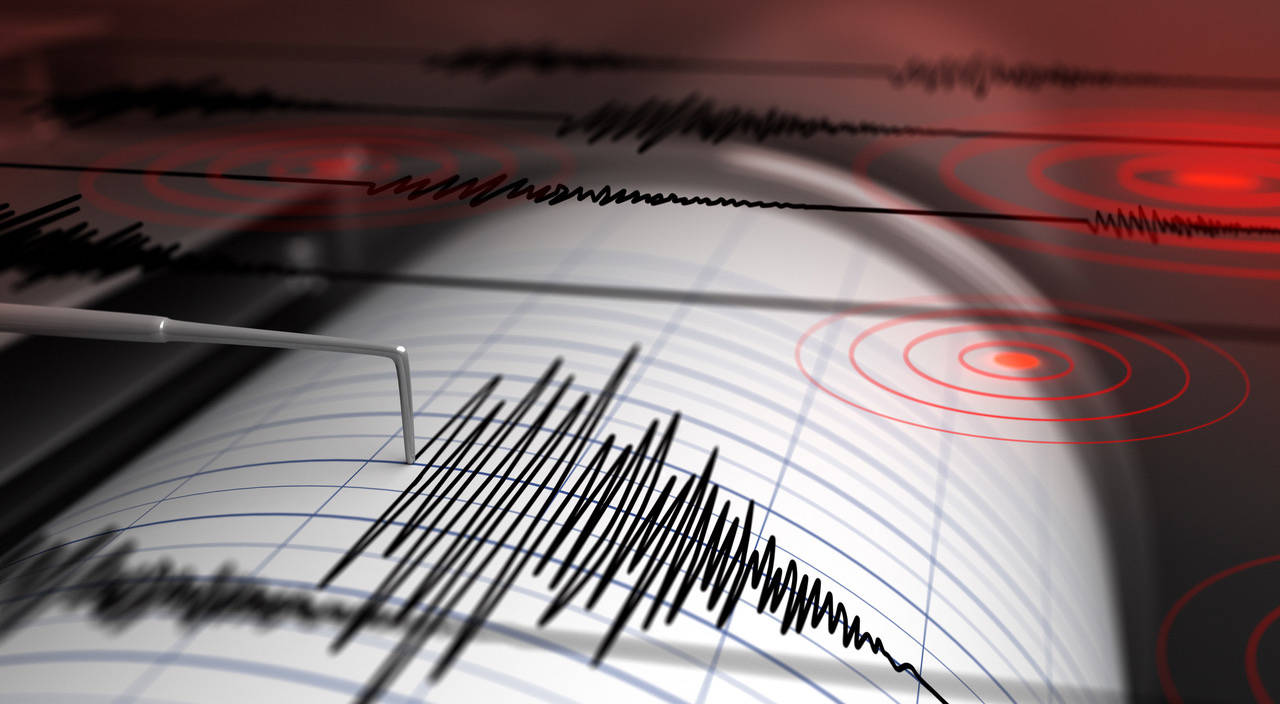This is part one of a special eight-part report done by Black Press Media on emergency preparedness in Greater Victoria. Find the series online at vicnews.com/tag/greater-victoria-emergency-preparedness or in this week’s print editions.
The Capital Region has a one-in-three probability of a damaging earthquake in the next 50 years.
In an effort to arm local residents with the facts and realities to prepare for a major disaster, Black Press Media has produced a special report in this week’s editions.
This series explores what Greater Victoria will look like after a devastating earthquake, the probability of a tsunami, the infrastructures that will crumble and the people who are ready to serve. This series is meant to be an introduction to our Be Prepared guide, which features even more information on how to keep your home and loved ones safe. You can pick up a copy of the guide at your local fire station, recreation centre, our Victoria News office or find it online on our website under e-editions.
Scientists may not be able to predict exactly when the next ‘Big One’ will hit but they do agree it’s only a matter of time. Whether that’s tomorrow or 10 years from now, the need to be prepared for a major disaster or severe weather is still there – but only 54 per cent of British Columbians say their household has an emergency response plan and only 13 per cent describe their plan as “complete.”
To understand whether British Columbians are ready for emergencies, Ipsos Public Affairs conducted a personal preparedness survey in December 2017 on behalf of the provincial government and PreparedBC. Eighty per cent of Vancouver Island residents said they were very or somewhat concerned about an earthquake, much higher than the provincial average of 67 per cent, and 38 per cent were concerned about a tsunami (compared to 27 per cent provincially).
ALSO READ: New videos highlight southern Vancouver Island’s tsunami risk
Greater Victoria is situated near a number of earthquake-causing geological features including the Leech River and Devil’s Mountain faults and is the largest Canadian population near the Cascadia Subduction Zone.
Following a catastrophic shallow earthquake near Greater Victoria (magnitude 7 or larger), the B.C. Earthquake Immediate Response Plan predicts all major transportation routes will be disrupted, large parts of the impacted and surrounding areas will in inaccessible by road, water and wastewater systems will fail, and a significant portion of the population will require emergency social services. An estimated 14,000 people will be displaced in the Capital Regional District (CRD) with the most extreme requirements in the downtown area and Esquimalt.
In the CRD an estimated 18 per cent of buildings are likely to receive extensive damage and 11 per cent will be completely damaged. It is estimated the injury rate will be 52 per 1,000 people and four out of every 1,000 people will die.
The plan, which was published in 2015, notes this scenario is unlikely as undisturbed glacial deposits show evidence the Leech River fault has not been active in the past 10,000 years. But a team of researchers, including three University of Victoria professors, published a scientific article in GSA Today in 2017, presenting the first evidence indicating the fault has experienced at least two surface-rupturing earthquakes.
During a significant disaster, local emergency officials, first responders and community agencies will be overwhelmed, meaning it could be hours, days or even weeks before help arrives. So why aren’t more residents prepared?
PrepareBC found the top barriers or challenges to creating a plan are laziness (27 per cent), lack of knowledge (26 per cent) and lack of time (22 per cent).
This special report, in partnership with our resource guide, is meant to give local residents the information they need to get prepared. Find the final instalment in our next edition and find the full series, as well as the resource guide, on our website.
Pick up your Be Ready guide at Black Press newspaper offices or find it online at vicnews.com/e-editions.
READ MORE: Special Report: Be prepared
Like us on Facebook and follow us on Twitter
